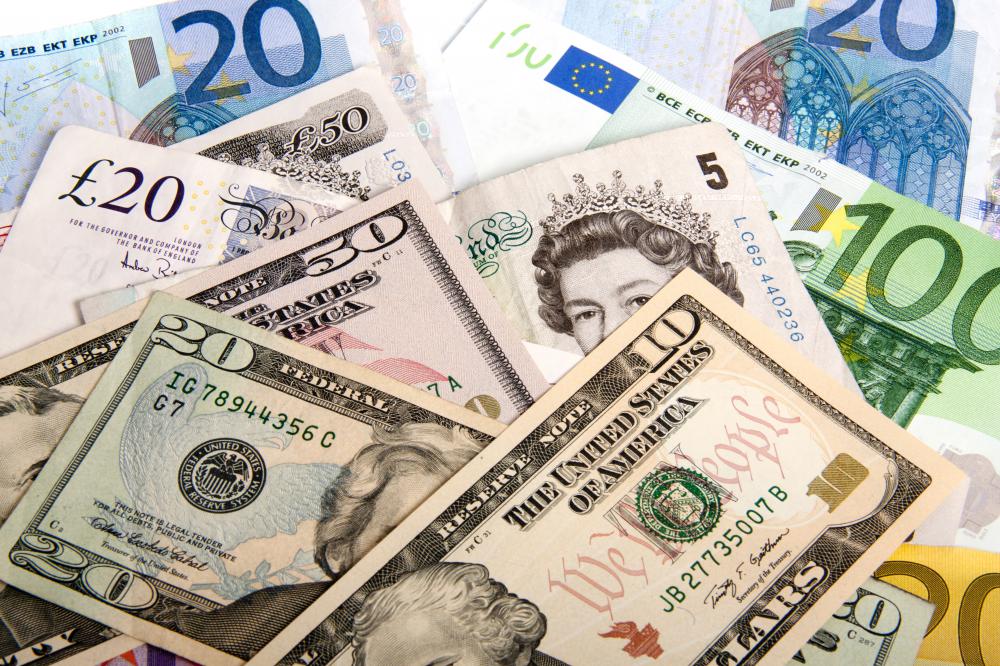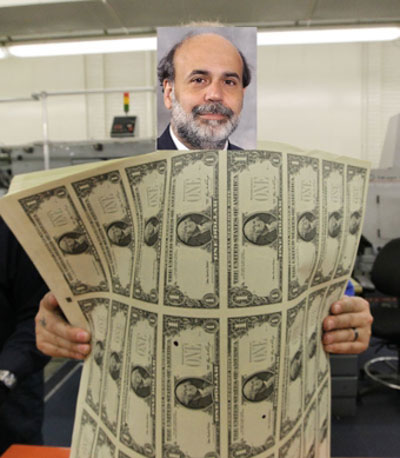until at last only a single commodity remained, whichwasuni-versallyemployedasa mediumof~xchange;in a word,money.
Thisstage ofdevelopmentin the useofmediaofexchange, the
exclusive employmentofa single economic good,is notyetcom-pletelyattained. In quiteearlytimes, soonerin some placesthan
in others,the extensionofindirect exchangeled to the employment
ofthe two precious metalsgold and silver as common mediaof
exchange. Butthen there wasa long interruption in the steady
contractionofthe groupofgoodsemployedfor that purpose. For
hundreds, even thousands, of years the choice ofmankindhas
waveredundecidedbetweengold and silver. Thechiefcause of
this remarkablephenomenonis to befound in the naturalqualities
ofthe two metals. Beingphysicallyand chemicallyverysimilar,
they are almost equallyserviceable for the satisfaction ofhuman
wants. Forthe manufactureofornaments and jewellery ofall
kindsthe onehasprovedasgoodasthe other. (Itis onlyin recent
times that technological discoveries havebeen madewhichhave
considerably extended the range ofuses ofthe precious metals
andmayhavedifferentiatedtheir utilitymoresharply). Inisolated
communities,the employmentofoneorothermetalassolecommon
mediumofexchangehasoccasionallybeenachieved,butthis short-lived unityhasalways beenlost again as soon as the isolation of
the comnlunity has succumbed to participation in international
trade.
Economichistoryis thestoryofthegradualextensionoftheecono-miccommunitybeyondits originallimits ofthe singlehouseholdto
embracethe nationandthen the world. Buteveryincrease in its
sizehasled to afresh dualityofthe mediumofexchangewhenever
the two amalgamatingcommunitieshavenothadthe samesortof
money. It wouldnotbepossiblefor the final verdictto bepro-nounceduntilall the chiefpartsofthe inhabited earthformed a
single commercial area, for notuntilthen wouldit beimpossible
for othernationswithdifferent monetarysystems to join in and
modifytheinternational organization.
Ofcourse,iftwo ormoreeconomicgoodshadexactlythe same
marketability,so that none ofthem wassuperior to the others
asamediumofexchange,this wouldlimit thedevelopmenttowards
aunifiedmonetarysystem. Weshallnotattemptto decidewhether
thisassumptionholdsgoodofthetwopreciousmetalsgoldandsilver.











